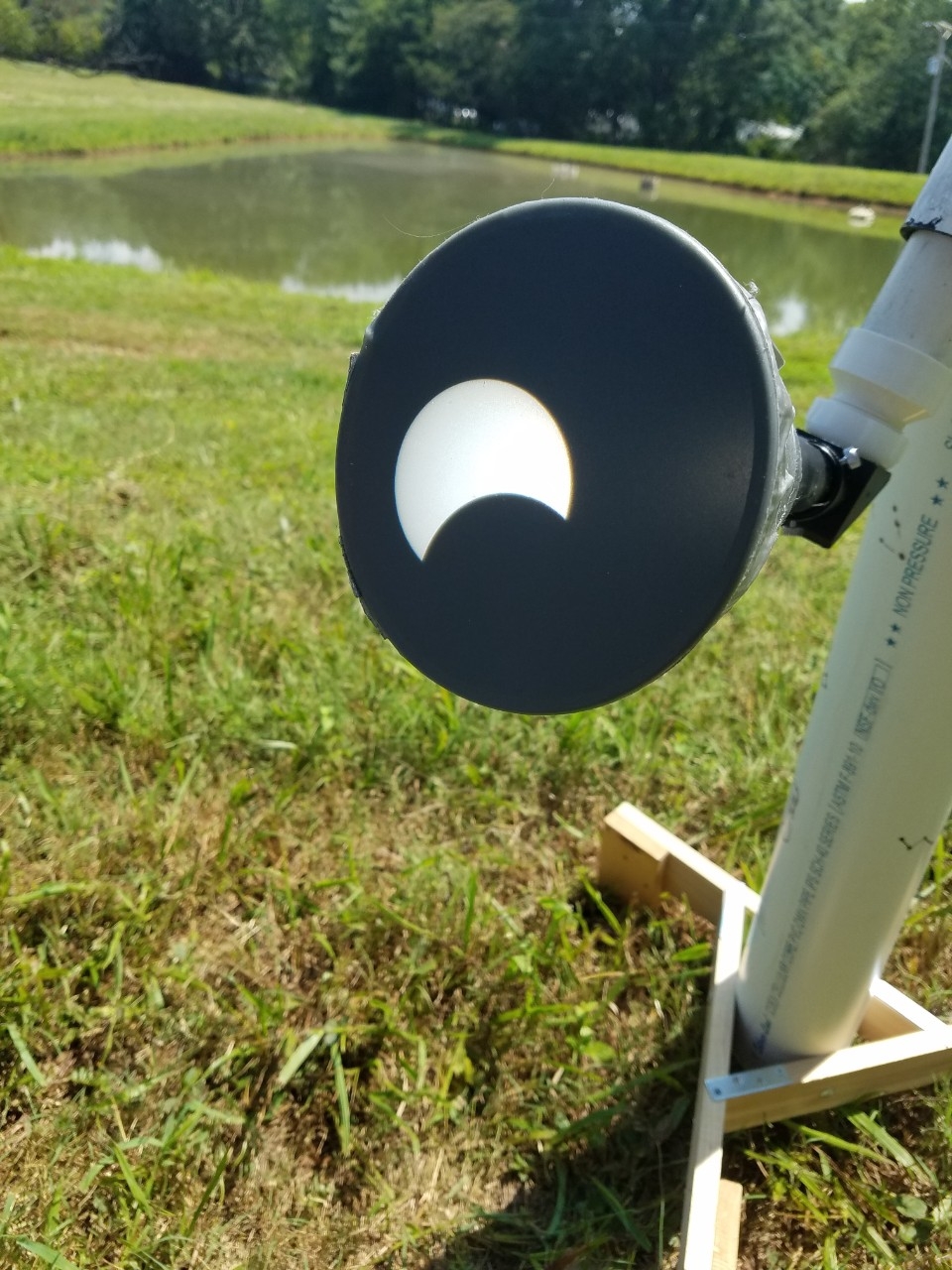


"That’s why they’re so rare, because the moon's orbit and the ecliptic, the Earth's orbit, are not perfectly lined up. A solar eclipse is the most dramatic astronomical event that can be predicted.”
Not only will viewers in totality be able to see a solar eclipse, but they will also be able to see Venus and Jupiter as well as many stars and constellations.
And, depending on where you are, you can see what is known as Baily’s beads.
“The moon isn’t smooth—it’s full of craters and mountains. When it passes in front of the sun, the sun shines through valleys and appears as beads of sunlight, which are called Baily’s beads,” she says. “By tracking timing of when they appear and knowing the position and size of the valleys causing the beads, scientists can calculate the shape and size of the sun.”
Major events like this might leave people wondering, why don’t we have a solar or lunar eclipse every month?
It has to do with the ecliptic, or the path of the sun through the sky, and the moon's orbit.
“Eclipses are all about shadows. When the moon’s orbit intersects the ecliptic during a full moon, when the Earth is between the moon and the sun, then you get a lunar eclipse. When they cross during a new moon, when the moon and sun are aligned on the same side of Earth, you get a solar eclipse,” she says. “They cross every month, but the moon’s orbit is inclined by five degrees to the ecliptic, so unless they cross at just the right time, no eclipse. That’s why they’re so rare, because the moon's orbit and the ecliptic, the Earth's orbit, are not perfectly lined up. A solar eclipse is the most dramatic astronomical event that can be predicted.”
And this special, celestial event won’t happen again for our region anytime soon. This is the last solar eclipse to cross the U.S. until 2045. The next one won’t be seen in the Ohio, Kentucky, Indiana region until 2099.
Speights encourages folks to get outside if they can but recommends watching NASA’s live stream featuring telescope feeds from partners all along the path of totality.
Although the solar eclipse will come and go quickly, Speights hopes the excitement about the celestial event will spark interest in the sciences.
“I love eclipses because they’re good for getting people excited about space,” she says. “Space is cool; let’s learn more about it.”